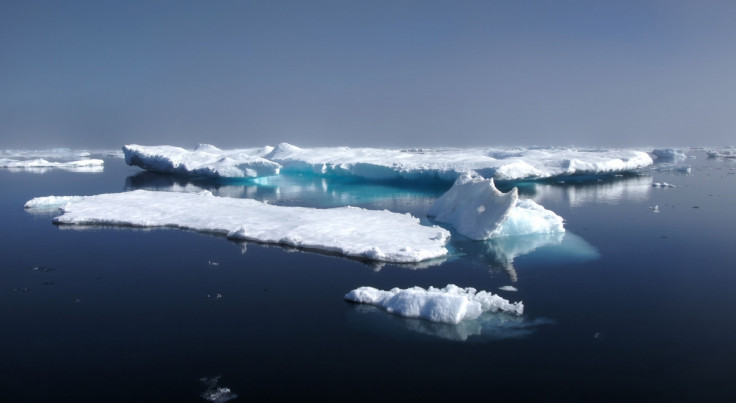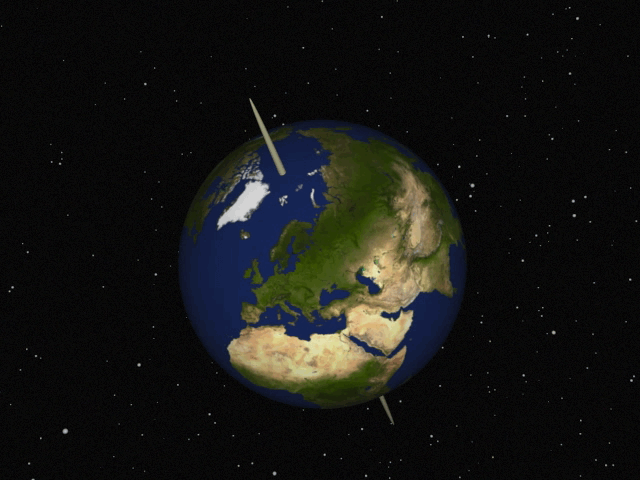The North Pole is 'moving towards the UK' say scientists

New scientific studies show that the North Pole is gradually shifting towards the UK, as global warming is changing the way the Earth turns on its axis. Experts and scientists now believe the North Pole's movement is being caused by a shift in the distribution of water across the planet and the continued melting of polar ice.
Scientists and navigators have been measuring the location of the true poles and polar motion of the Earth since 1899. Throughout entire 20<sup>th century, scientists followed the poles as they moved fractionally towards Canada.

Speaking to the New Scientist, Surenda Adhikari of Nasa's Jet Propulsion Lab said: "This is the first time we have solid evidence that changes in land water distribution on a global scale also shift which direction the axis moves to. The recent shift from the 20th-century direction is very dramatic."
Melting ice contributing to a shift in weight
The study, which was published on Friday, 8 April in the Science Advances Journal, explains how the North Pole is now moving towards the Greenwich meridian. Melting ice sheets – particularly those around Greenland – are being blamed for the Earth's change in weight distribution.
This latest finding is not anything to be alarmed about, according to Jianli Chen, senior research scientist at the University of Texas' Center for Space Research. Chen, who first attributed pole shift to climate change in 2013, said the movement is "just another interesting effect of climate change."
A predicted rise in sea levels
However, Nasa scientist Erik Ivins claims that since 2003, Greenland has lost around 600 trillion pounds of ice a year, which has affected the balance of the Earth's axis. West Antarctica loses 275 trillion pounds of ice, while East Antarctica has gained around 165 trillion pounds of ice annually.
On 30 March, it was reported that the melting of the Antarctic ice sheet could cause sea levels to rise dramatically. Nature – who published the report – said that melt from the Antarctic Ice Sheet could contribute more than a one metre rise in sea level by 2,100, and a 15m rise by 2500.
The recent findings follow the release of the Arctic Report Card in December 2015, which was the 10th annual report of its kind. The National Oceanic and Atmospheric Administration (NOAA) reported increasing air and sea surface temperatures, decreasing sea ice totals and the changing behaviour in sea life. The report also showed that maximum sea ice coverage was the lowest since records began in 1979.





















